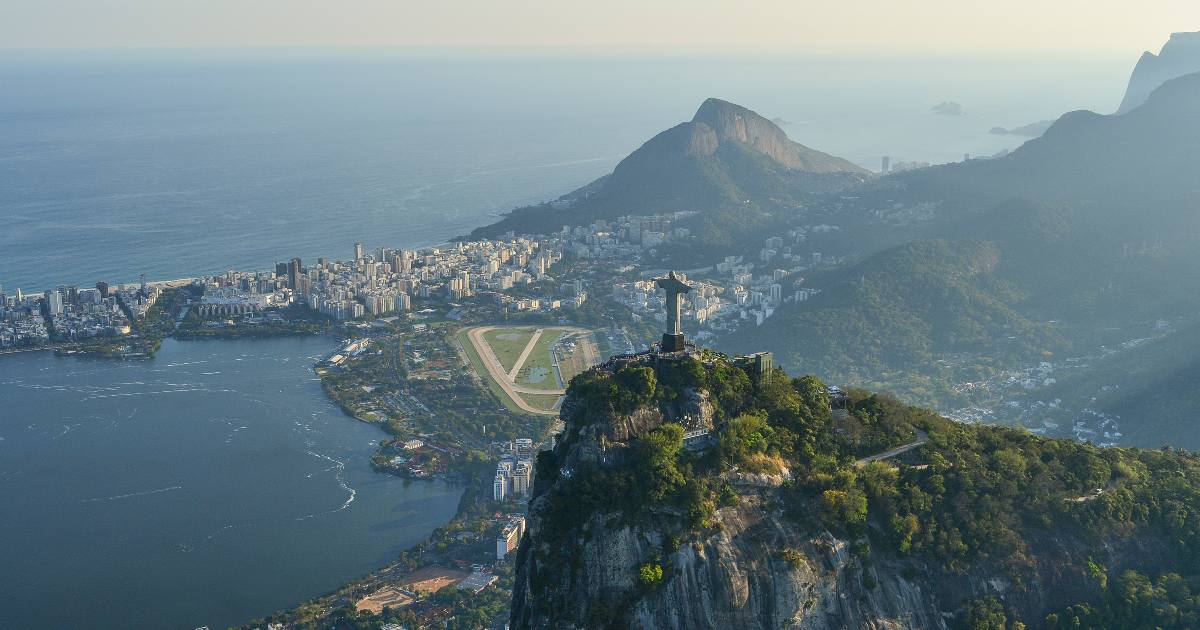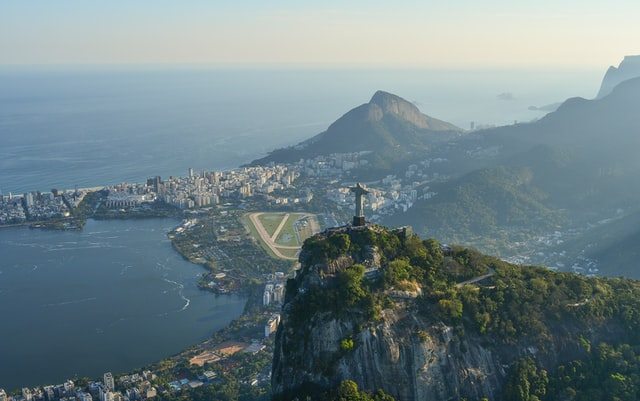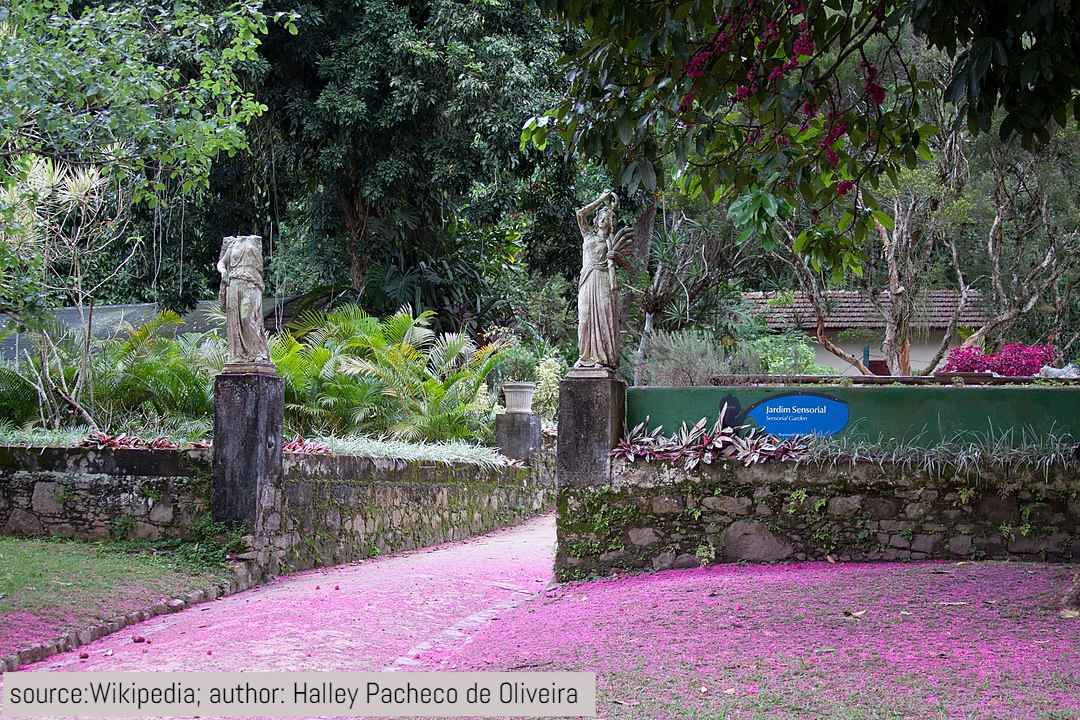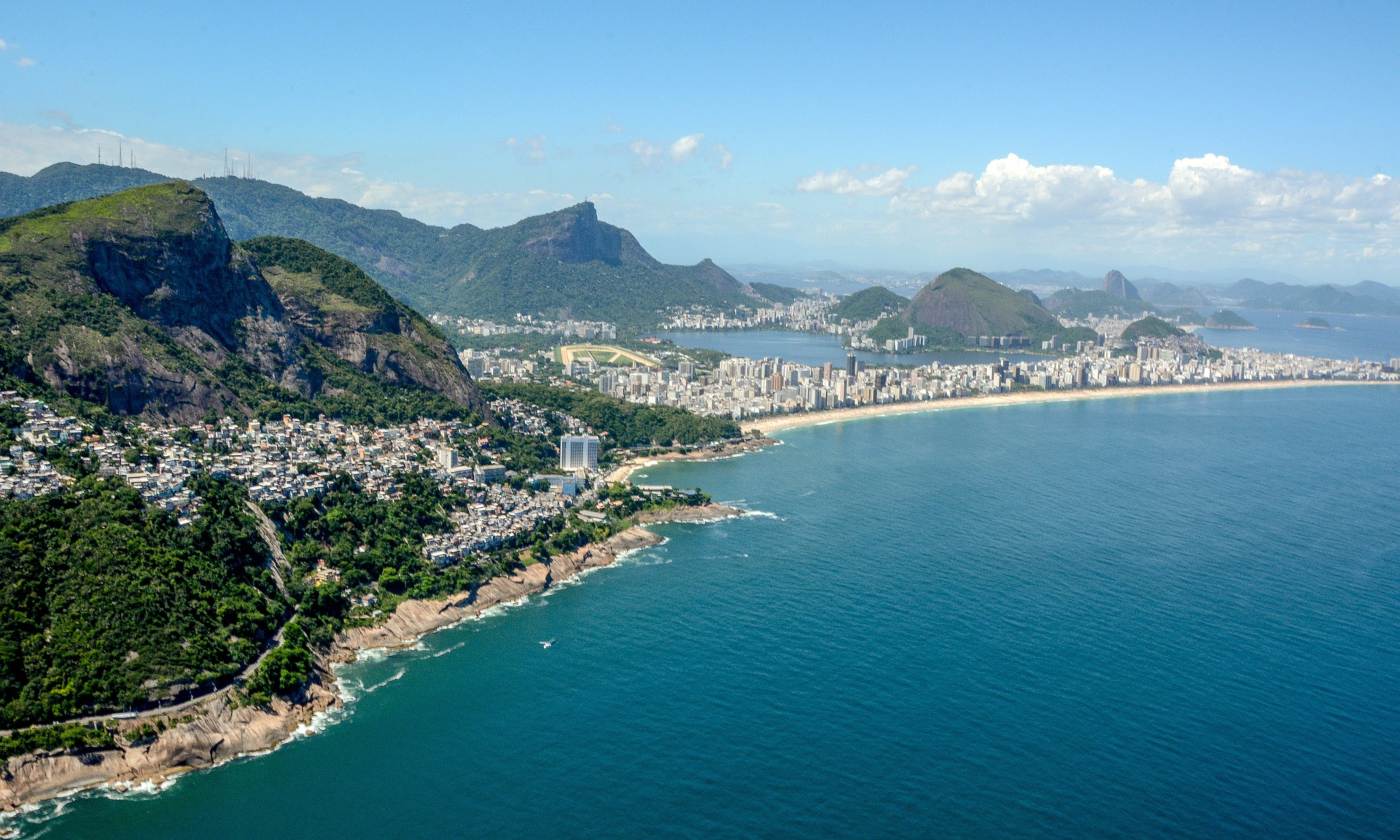When to visit Brazil during the year?
Brazil boasts a tropical climate, making it a fantastic year-round destination. The peak tourist season unfolds during summer (December to March), when sites like Rio de Janeiro and Salvador da Bahia buzz with carnival festivities and vibrant beach activities. Despite the summer heat, these cities draw crowds with their lively atmospheres and stunning beaches. The winter months (June to August) see visitors flock to the cooler southern regions like São Paulo and Porto Alegre, where cultural events such as the Festa Junina take place. In spring (September to November), the Amazon rainforest turns lush and vibrant, inviting eco-tourists and adventure seekers. Autumn (March to May) offers pleasant temperatures and is perfect for exploring Brazil's historical sites without the summer rush.
How to get to Brazil?
Reaching Brazil is convenient, as it's well-connected internationally. Major international airports, such as São Paulo's Guarulhos (GRU) and Rio de Janeiro's Galeão (GIG), accommodate flights from nearly every continent, making travel seamless.
- Main Airports: Guarulhos International Airport (São Paulo), Galeão International Airport (Rio de Janeiro), Brasília International Airport (Brasília), Confins International Airport (Belo Horizonte).
- Major International Routes: Direct flights from North America (JFK, LAX), Europe (Heathrow, Charles de Gaulle), Asia (Narita), and Australia (Sydney).
- Low-Cost Airlines: Airlines like LATAM Brasil and Gol operate budget-friendly routes within Brazil.
- Flight Times: From New York to São Paulo typically takes around 10 hours, while London to Rio is about 11 hours.
- Main stations like Terminal Rodoviário do Tietê in São Paulo connect regions extensively.
- Routes link key cities such as Rio de Janeiro, Salvador, and Belo Horizonte.
- The rail network offers scenic journeys, predominantly within regions, with limited international connections.
- Durations vary, e.g., São Paulo to Rio takes about 5 hours.
- Main Highways: BR-101 and BR-116 are vital routes for bridging coastal cities.
- Distances: São Paulo to Rio is around 450 km, typically taking about 5-6 hours.
- Tolls: Expect tolls on major highways; roads are generally in good condition.
Tourist activities in Brazil
Brazil is a land of diverse experiences, with activities spanning thrilling adventures, serene nature getaways, and vibrant cultural explorations.
In the Northeast, visit the stunning beaches of Bahia, famous for their white sands and lively culture, or explore the historic streets of Olinda. For nature lovers, the Amazon rainforest offers unparalleled ecotours, where you can witness unique wildlife and indigenous cultures.
The South attracts visitors to its picturesque wine regions like Bento Gonçalves, as well as the vibrant city of Porto Alegre with its arts scene and parks. Adventurers can also hike in the Serra do Mar mountains.
In Southeast Brazil, Rio de Janeiro and São Paulo pulse with energy. Relax on Copacabana Beach, experience the Carnival spirit, or explore the street art in Vila Madalena. UNESCO-listed sites like the historic city of Ouro Preto are a must for history enthusiasts.
Finally, the Center-West region is perfect for wildlife spotting, especially in the Pantanal, one of the most biodiverse areas on Earth, while Brasília showcases unique modernist architecture.
Accommodation in Brazil
Accommodation in Brazil ranges from luxurious hotels to budget-friendly hostels, catering to diverse traveler needs. Major cities like Rio de Janeiro and São Paulo feature international hotel chains like Hilton or Marriott, offering prices upwards of $100 per night, especially during peak tourist seasons. If you prefer a more local experience, numerous guesthouses and boutique hotels provide charm and warmth, often costing around $50-80 per night.
For those looking for self-catering options, apartments and vacation rentals are widely available in tourist areas, with average prices around $70 per night. Beach resorts in regions such as Bahia and Santa Catarina often provide all-inclusive packages, starting at about $150 per night, making for an affordable getaway filled with amenities. Considering summer months or major festivals, book in advance to ensure availability and better rates, especially in coastal destinations.
Food in Brazil
Brazilian cuisine is a vibrant tapestry woven from a variety of influences, showcasing rich flavors and diverse ingredients. Staples like rice and beans lay the foundation of many meals, while dishes like feijoada, a flavorful black bean stew with meat, are iconic. Street food is a must-try, with options such as coxinha (chicken croquettes) and pão de queijo (cheese bread) popular among locals and visitors alike.
Wash down your meal with a refreshing caipirinha, Brazil's national cocktail made with cachaça, lime, and sugar. Meal costs vary, averaging around $10 for a casual dining experience to $30 in upscale restaurants. In major cities, eateries range from traditional churrascarias to modern fusion restaurants, offering a taste of Brazil's rich culinary art.
Important numbers and information
- Police: 190
- Ambulance: 192
- Fire Brigade: 193
- Embassy Contact: [Embassy details per country varies]
- Main Airports: Guarulhos International Airport (São Paulo) - Address: Av. Afonso D'Escragnolle Taunay - São Paulo, SP, 07190-100
- Currency: Brazilian Real (BRL)
- Payment Methods: Credit cards widely accepted; ATMs available.
- Visa Requirement: Check embassy regulations; many countries can enter visa-free for tourism.
What to see in Brazil?
Brazil is filled with breathtaking sights and cultural gems that capture its essence. Start with Rio de Janeiro, where the iconic Christ the Redeemer statue and Sugarloaf Mountain offer stunning views. Salvador da Bahia is a vibrant city steeped in Afro-Brazilian culture and history, famous for its colonial architecture and lively Carnival celebrations.
In the Amazon region, Manaus serves as a gateway to the rainforest, where exploration of wildlife and indigenous communities awaits. Don't miss Iguazu Falls, one of the largest waterfalls in the world, straddling between Brazil and Argentina, showcasing nature's awe-inspiring beauty.
Brasília, the capital city, is noted for its modernist architecture, offering unique sights such as the National Congress and JK Memorial. Lastly, the historic city of Ouro Preto is renowned for its Baroque architecture and rich mining history, making it a UNESCO World Heritage Site worth exploring.
History, geography and climate
Brazil's history is marked by indigenous cultures, Portuguese colonization, and the influence of various immigrant groups. The landscape is as diverse as its people, with the Amazon rainforest being the most notable region, home to an extensive array of biodiversity. The country is characterized by its vast rainforests, coastal areas, and the expansive Pantanal wetlands.
Brazil has a tropical climate, with average temperatures ranging from 20°C (68°F) in the south to 28°C (82°F) in the north. The rainy season varies by region, with the northern areas experiencing rain from December to March, while the south has a more temperate climate. This geographical diversity not only influences the local lifestyle but also contributes significantly to Brazil’s cultural richness and tourism.
Population and culture
Brazil is home to over 213 million people, making it the largest country in South America. Portuguese is the official language, reflecting its colonial roots. The population is ethnically diverse, comprising indigenous peoples, descendants of African slaves, and European immigrants, which shapes Brazil's rich cultural landscape.
Religion plays a significant role in Brazilian life, with Roman Catholicism being the predominant faith, alongside various Afro-Brazilian religions and Protestant denominations. Brazilian culture is vibrant, with blendings of music genres such as samba, bossa nova, and forró taking center stage during festivals. Unique traditions such as the Festa Junina, Carnival celebrations, and the Amazon festivals highlight the country's multicultural essence.
Holidays celebrate both religious and historical events, making Brazilian culture joyous and varied, inviting travelers to partake in its colorful charm.































